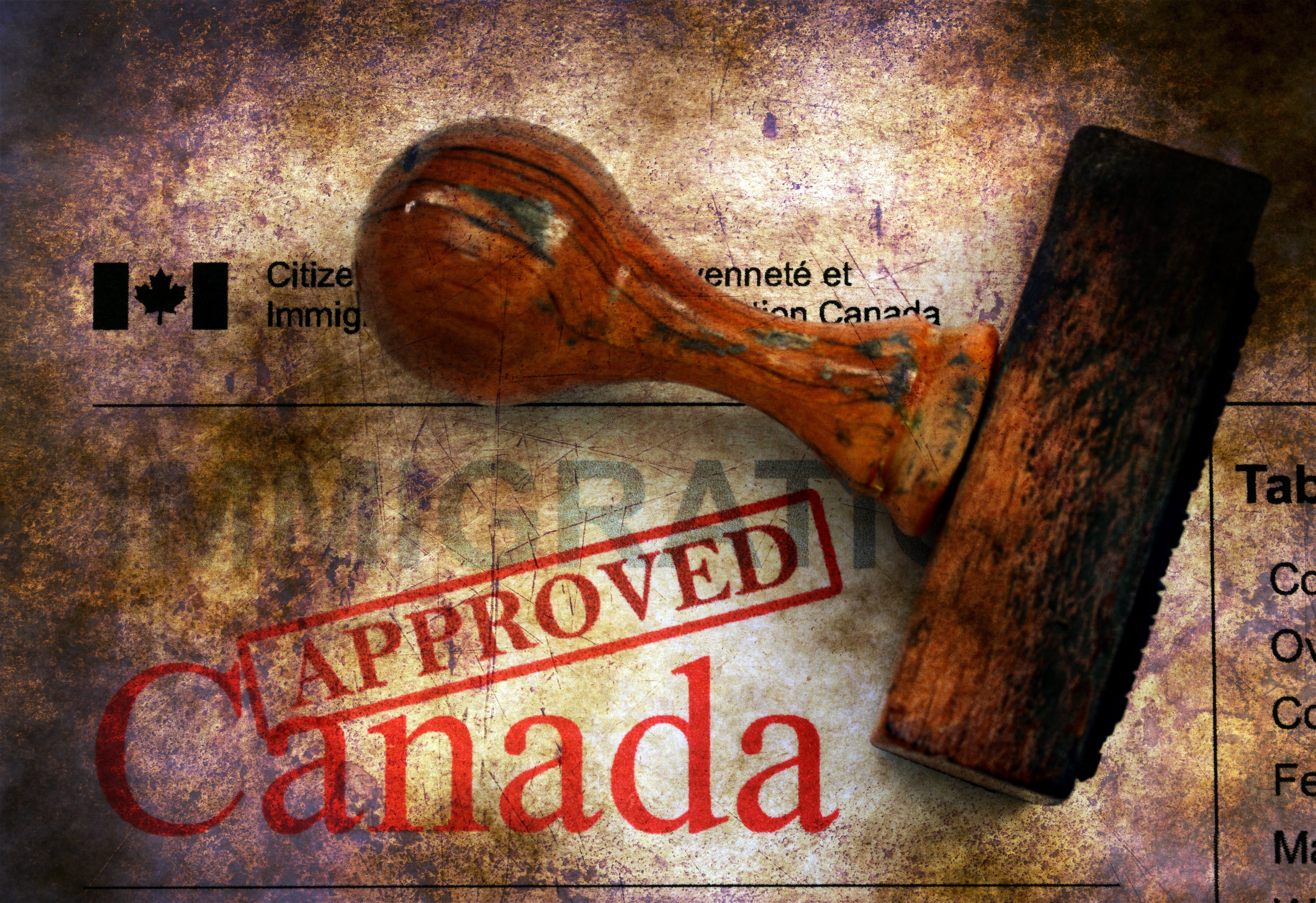When your business imports a product to Canada, or when you export products to another country from Canada, two main laws would apply – the Customs Act and the Customs Tariff collectively referred to as customs laws.
The difference between the two laws is that the Customs Act focuses on collecting authority of government agencies and handles who can collect customs tax. The Customs Tariff law, meanwhile, imposes specific duties and taxes to be collected. Simply put, the Customs Act handles the “who” while Customs Tariff handles the “what”.
As to the specific Canadian government agency governing Canadian laws on customs and tariff, it would be the Canada Border Services Agency (the CBSA). This agency promulgates numerous regulations for the implementation of the provisions under the Customs Act and Customs Tariff law.
What is the customs process in Canada?
These Canadian customs laws and regulations provide three classifications of products which may be exported from Canada to other countries:
- prohibited
- restricted
- non-restricted
These classifications have different applicable Canadian regulations, and it’s also highly recommended to check your products’ destination country’s importation laws. Although importation laws may generally differ among countries, it’s likely easier for countries where Canada has an existing trade treaty or convention with.
Prohibited consumer goods or products
A “prohibited” status on goods or products means that these cannot be exported from Canada and/or to be imported to other countries. As such, these products may be returned or destroyed by the government of the accepting country.
Examples of prohibited products include firearms, and certain animals and plant species as determined by the Canadian Food Inspection Agency (CFIA), and Fisheries and Oceans Canada (DFO), among other agencies.
Restricted consumer goods or products
A “restricted” status on goods or products means that there are licenses or certificates necessary before their transport. A good example would the import of vehicles from countries other than Mexico or the United States. Some vehicles need to meet Canadian safety standards or shown to be adaptable to existing standards.
For animals and animal products, the US Department of Agriculture would be setting out the guidelines. For food and beverage products, the US Food and Drug Administration may require additional documentation.
Non-restricted commercial goods or products
A commercial good or product is “non-restricted” when its exportation is not controlled, regulated, or prohibited under the Canadian customs law. In Canada, non-restricted goods may include:
- commercial goods with a value of $2,000 or less
- household products for private consumption
- goods exported by diplomatic embassy or mission personnel for their personal or official use
- personal gifts
- donations of non-restricted goods
How does customs work in Canada?
Canadian customs laws and CBSA regulations have guides about importing and exporting goods.
Documentation needed would then depend on whether the goods would be imported or exported. The opposing country involved, the manner of transport, and the goods themselves would also be considered when assessing documentation.
In-depth explanations of the procedures of importation and exportation may be consulted with an experienced customs lawyer. Check out these Lexpert-ranked top commodity tax and customs lawyers in Canada to find one.
As a rule, however, exports and imports are just two sides of the same coin. The person importing goods has the obligation of declaring them to the government who will be receiving the goods. The government will then determine if the goods may be accepted into the country. If yes, then all paperwork must be filed, and taxes will be paid.
The same goes for Canadians who want to export goods, i.e. – taking goods from Canada to another country. In this case, it will be the foreign country who imposes taxes on the goods.
Here’s a helpful overview of the restrictions for import:
Customs in Canada for imports
When importing commercial goods into Canada, you may either:
- personally transact with the CBSA for the release of the goods
- through a licensed customs broker who will transact with the CBSA on your behalf, and do the accounting for the goods, and payment of all duties
Note that importation isn’t always done personally – such as when Canadian tourists take home items brought from other countries. Importation also happens if you order something online from another country. Depending on its purpose, importation could be for personal use or commercial use.
What is the customs limit for coming back to Canada?
For personal use, Canadian residents, temporary residents, or returning former residents can avail of personal exemptions. The amount of exemption depends on how long the person has been outside of Canada. Here’s an easy look at how this works:
|
Time Outside |
Taxes for personal use |
|---|---|
|
If absent from Canada for 24 hours or less |
No personal exemptions are allowed. |
|
If exited from Canada for more than 24 hours |
Personal exemption of just $200 worth of goods. Exemptions don’t apply to tobacco and alcohol. Also, goods must be with the importer at the time of entry. |
|
If absent from Canada for more than 48 hours |
Exemption of up to $800. Tobacco and alcohol could be included in the total amount of the exemption. Goods must be brought with you upon entry. |
|
If absent from Canada for more than 7 days |
Exemption of up to $800. This includes tobacco and alcohol products. Tobacco and alcohol should be with the importer upon entry. The other goods could enter separately from the importer but immediately declared. |
|
Children |
Children also have personal exemption as long as it's for the child’s personal use.
|
If the total amount of goods brought in is more than the personal exemption, the exemption does not apply. Instead, the importer must pay taxes on the full amount.
What items need to be declared at customs in Canada?
All items must be declared. Basically, anything you’re bringing inside that you did not have with you coming out must be declared. This includes:
- purchased goods
- gifts, awards, or prizes
- anything bought from the duty-free shop
- value of work or repairs done on items being brought into Canada. A classic example would be cars modified in the US that are being brought back. The value of the modification must be declared
Taxes on commercial imports
Personal exemption obviously applies to goods for personal use only. For commercial purposes, the rules are very different and would often need the input of a professional. Here’s an overview of how this works:
|
How customs work in Canada for commercial goods |
|---|
|
The importer must obtain a business number through the Canada Revenue Agency. |
|
The goods for importation must be described as exhaustively as possible to help the border agency determine if it will be permitted entry. This includes the size of the cargo, contents, source, weight, and any other relevant information. |
|
The goods must indicate their country of origin. |
|
The goods must be cross-checked with other regulations to ensure that all the documents necessary for their entry are present. Reference guide includes:
|
Of course, that’s just a small snapshot of all the relevant laws and regulations that must be followed in the case of commercial importation.
How customs work in Canada can be difficult if importing for business, which is why having a customs lawyer is often preferred. You can find one in the roster of these Lexpert-ranked commodity tax and customs law firms in Canada.
Taxes paid for commercial imports are generally more and depend on the value of the goods being imported. A 5 percent Goods and Services Tax (GST) is usually applied on all goods not exempted. Exemptions apply on certain prescription drugs or medical devices listed under Schedule VI and Schedule VII of the Excise Tax Act.
Here’s a helpful overview about importing in Canada:
Estimates on the tax can be made early on so that the importer can set aside an approximate amount. The final value is determined at the time of importation. Note though that how customs work in Canada is very country dependent. That is, if there are existing trade agreements between Canada and another country, then the agreement applies.
Here are some of the countries that Canada has agreements with:
- Chile
- Peru
- United States
- Mexico
- Costa Rica
- Jordan
- Panama
- Colombia
Vehicle imports
How customs work in Canada typically takes safety and economic stability in mind. For example, vehicle imports must follow strict safety requirements to prove they are roadworthy and not negatively impacting fair competition. To control imports of foreign-produced cars, Canada usually imposes surtax or some other regulation.
Canada also has special laws when it comes to autonomous vehicles. These are subject to provincial and territorial laws as well to ensure that they can be safely driven on the roads.
Customs in Canada for exports
Documentations for exporting commercial or consumer goods from Canada would depend on whether it’s restricted or non-restricted, because generally prohibited goods should not be exported.
For restricted goods, the appropriate authorization both by the CBSA and the country of destination is generally required. An export declaration is also required when exporting to countries, except the United States. It also applies if the exports are classified as non-restricted with a value of less than $,2000
It’s important to remember that the country accepting the goods has its own rules on importation. Having a dedicated team who can coordinate with the receiving country is critical to avoid delays in their arrival. The method of shipping would also matter since it would determine when relevant documents must be submitted to the CBSA.
Critical changes in customs with US
Perhaps the biggest change in how customs work in Canada is with the retaliatory 25 percent tariff imposed against the US. This means that US goods brought into Canada will have a 25 percent tax on the costs of the goods and applies even to steel, aluminum, and vehicles. The tariff is on all goods produced, made, or coming from the US if there is no country of origin.
Personal exemptions still apply. With commercial importers, however, the 25 percent tariff stands. This has the effect of discouraging the commercial importation of US goods. With the tariff, the cost of commercial imports also increases, which means that their retail value significantly increases.
Whether or not this tariff continues is developing information. Make sure to keep track of our Legal FAQs page to get updates about this customs law.
Best practices for how customs work in Canada
The import and export of goods always involves cross-border laws, which is why it can be quite complicated. This is why for importers or exporters thinking about moving larger quantities, having experts help with the process is advised. This way, you can be sure that the goods reach their destination on time and with zero damage.
Want to consult with legal counsel for any concerns regarding taxes and other duties regarding customs? These select Lexpert-ranked top cross-border lawyers in Canada can help.





